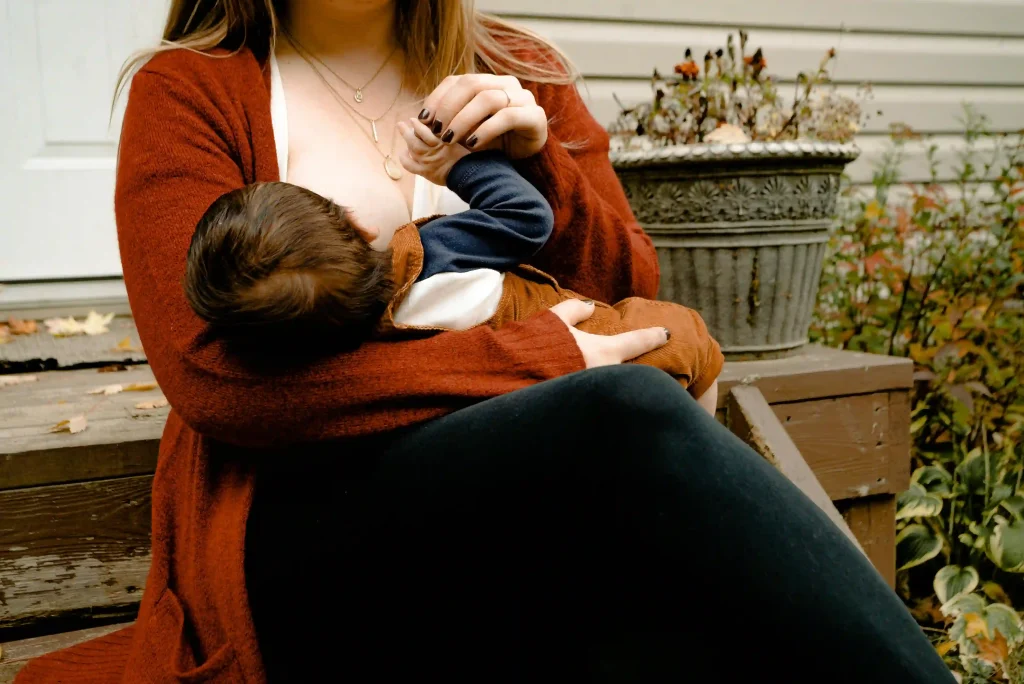This Medical Spanish lesson focuses on how to talk to children in Spanish.
When working with adults, you’re always using the “usted” form of verbs, but in the clinical setting with children, using the “tú” form is perfect. In this Vídeo Viernes lesson I share how the Tú form shows up throughout many different language structures and when you should be using the Tú form in Spanish vs the Usted form to sound most appropriate to children.
Here is the lesson on how to talk to kids in Spanish that I taught to the Facebook group.
Subscribe to our YouTube Channel to see all of our lessons and get the latest videos right away!
As you know, there are two forms of the word “you” in Spanish: “tú” and “usted”.
We mostly focus on “usted” forms with our students and clients, because it tends to be less natural for people who have learned Spanish in our school systems here. However, the tú form is completely appropriate in clinical settings with children. Here are some examples of how and where it shows up:
The most obvious is the “tú” form in regular verb conjugations:
- ¿Tienes (tú) nausea? vs ¿Tiene (usted) nausea? | Do you have nausea?
- ¿Sientes (tú) el dolor cuando haces ejercicio? vs ¿Siente (usted) el dolor cuando hace ejercicio? | Do you feel pain when you exercise?
But the tú form also shows up with direct and indirect object pronouns:
- ¿Te duele? (tú) vs ¿Le duele? (usted) | Does it hurt?
- Necesito escucharte los pulmones vs Necesito escucharle los pulmones (usted) | I need to listen to your lungs
- Te espero aquí vs Lo espero aquí | I’ll wait for you here
Tú commands are different from Usted commands as well:
- Siéntate (tú) aquí por favor vs Siéntese (usted) aquí por favor | Sit here please
- Respira(tú) profundo vs Respire (usted) profundo | Breathe deeply
- Acuéstate (tú) vs Acuéstese (usted) | Lie down
There are cultural differences as well embedded into the language.
I apologize ahead of time for promoting some generalizations (stereotypes) here, but in general we Americans focus a lot on words. We do not want to offend. We put emphasis on accommodating our words to the client. In Latin America there is less emphasis on accommodating words to the patient – a medical visit is more formal (which is why it’s always important to use the usted form with adults and address them with proper titles).
A quick example is that when you think about all the words for pain and injuries that we use in English with kids we come up with words like “booboo”, “owie”, “ouchies” and probably a handful more that you might use to make a problem sound more kid-like. The only common example I can think of in Spanish is “un ay” So, we see fewer word options in Spanish for those terms and frankly, in general it’s less common to hear a seasoned provider using them in Spanish.
However, there is this amazing diminutive word form in Spanish. Es un estilo super-útil … It’s call “el diminutivo”. This is all the -ito endings that you hear. When should you use it?
¡Todas las partes del cuerpo! | All the parts of the body!
- La mano > la manita | The hand
- La pierna > la piernita | Leg
- La cabeza > la cabecita | Head
- La panza > la pancita | Belly
- El brazo > el bracito | El brazo
- El dedo > el dedito | Finger
- El pecho > el pechito | The chest
- La rodilla > la rodillita | Knee
How is it formed? Forming the diminutive in Spanish is pretty simple. There are just a couple of rules:
- For words ending in a vowel (other than “e”), add an -ito/- ita to the end:
- La barriga -> la barriguita | The belly
- El oso -> el osito | Bear
- For words ending in “e”, “n” or “r”, add -cito/-cita to the end:
- El pie -> el piecito | The foot
- El corazón -> el corazoncito | The heart
Asking questions about pain in Spanish to kids | Preguntas sobre el dolor…para el niño
- ¿Algo te duele?¿Dónde te duele? | Does something hurt? Where does it hurt?
- ¿Qué te pasó? | What happened?
- ¿Puedes tocar con un dedo dónde te duele? Aquí, Allí | Can you touch with a finger where it hurts? Here there
- ¿Te duele mucho o un poquito? | Does it hurt a lot or a little?
- ¿Puedes tocar la cara que es cómo te sientes? | Can you touch the face that is how you feel?
- ¿Cuándo te duele más? ¿menos? | When does it hurt more? less?
Asking questions about pain in Spanish to the parents | Preguntas sobre el dolor…para los padres
- ¿____ se queja de algún dolor? | Does _____ complain of any pain?
- ¿Está llorando mucho? | Is s/he crying a lot?
- ¿Se calma cuando lo/la tiene en los brazos? | Does s/he calm down when it is in your arms?
- ¿Se calma cuando le da pecho? | Does s/he calm down when you breastfeed?
- ¿Llora mientras le da pecho? | Does s/he cry while breastfeeding?
- ¿Nota que está jalando o frotando los oídos? | Do you notice that s/he is pulling or rubbing her/his ears?
Explaining exams to kids in Spanish | Explicando unos exámenes a niños
- No te voy a lastimar | I’m not going to hurt you
- Esto no va a doler – Esto no te duele – Ningún “dolor” | This is not going to hurt – This does not hurt – No “pain”
- Solamente quiero escucharte el corazoncito (los pulmoncitos) | I just want to hear your little heart (little lungs)
- ¿Quieres intentar? Puedes escucharle el corazoncito a mami o a papi. | You want to try? You can hear the heart of Mommy or Daddy.
- ¡Ves! No te duele – no “dolor”. | You see! It does not hurt – no “pain”.
- Mira, te enseño… | Look, I‘ll show you …
- Este manguito te va a apretar el bracito. Es como un abrazote. | This cuff is going to squeeze your little arm. It’s like a hug.
- ¿Prefieres aquí o allí? | Do you prefer here or there?
- Esta lucecita es para tu dedito. No duele | This little light is for your little finger. It does not hurt
- ¿Puedo tomarte la temperatura? | Can I take the temperature?
Explaining Injections to kids in Spanish | Explicando Inyecciones a niños en español
- ¿Dónde prefieres? En el bracito derecho o izquierdo? ¿En la manita derecha o izquierda? | Where do you prefer? On the right or left arm? On the right or left hand?
- Esto va a pellizcar un poquito, pero no dura mucho (pinch) | This is going to pinch a little bit, but it does not last long (pinch)
- Ok vas a sentir un piquete (poke) | Ok you’re going to feel a little poke.
- Puedes llorar si quieres, sólo no te muevas. | You can cry if you want, just do not move.
- Será más rápido si estás quieto(a). | It will be faster if you are still.
- Ya terminamos ¡Tú eres tan valiente! ¡Tú eres muy fuerte! | We’re done. You’re so brave! You are very strong!
Potty Talk in Spanish
- Go potty (v) = hacer de baño, hacer pipí, hacer popis To go to the bathroom, to pee, to poop
- ¿Necesitas hacer de baño? Necesitas hacer pipí, popó? | Do you need to go to the bathroom? Do you need to pee, poop?
- ¿Tienes algún problema con hacer de baño o todo es normal? | Do you have a problem with going to the bathroom or is everything normal?
- The potty (n) = bacín, bacinica, bacinilla
- ¿Usas la bacinilla en casa? | Do you use the potty at home?
- Poopy = popia (popó) (never caca)
- Pee pee = Pipí
Other items in Spanish for kids | Otras cositas en español para niños…
- Cobija | Blankie
- Osito de peluche | Teddy bear
- Un peluche | Stuffed animal
- La muñeca | Doll
- La muñequita | Dolly
- Juguete | Toy
Study this vocabulary to talk to children in Spanish vocabulary here with these flashcards
I packaged all of this into easily downloadable .pdf notes– Get your copy for free today!
Keep up the good work speaking responsible Spanish to your patients! Check out our other books, classes & products to help you !
*If the link isn’t working for you, you may need to unblock pop-ups in your browser settings




